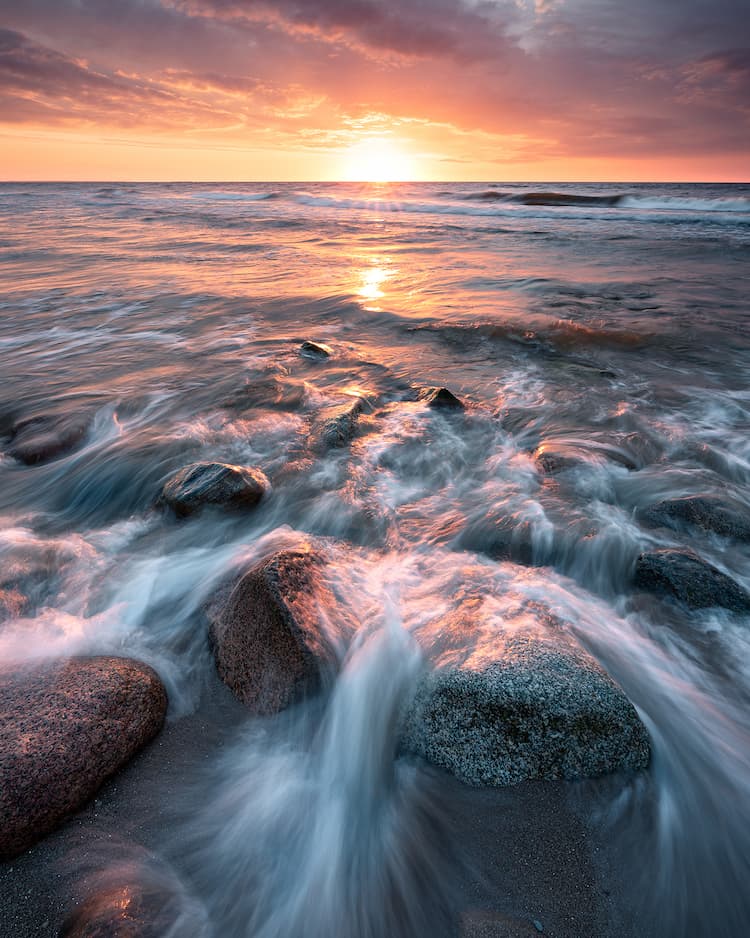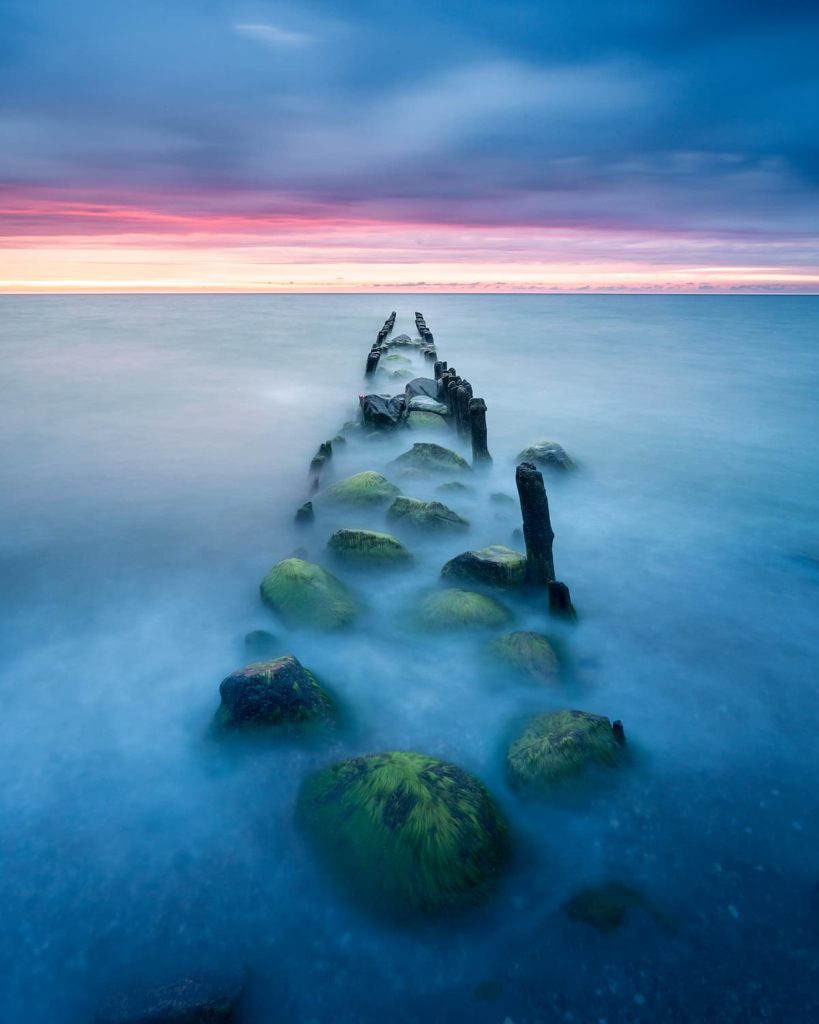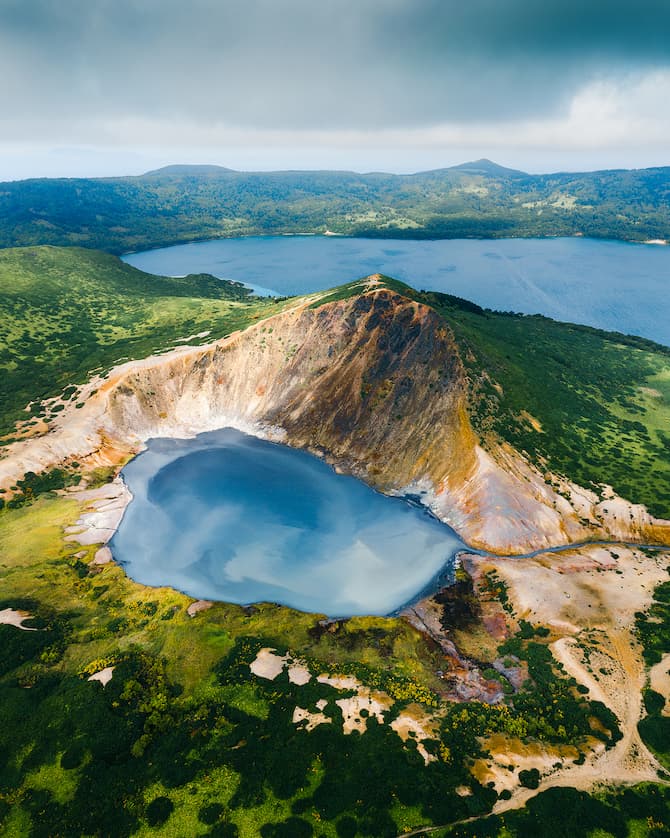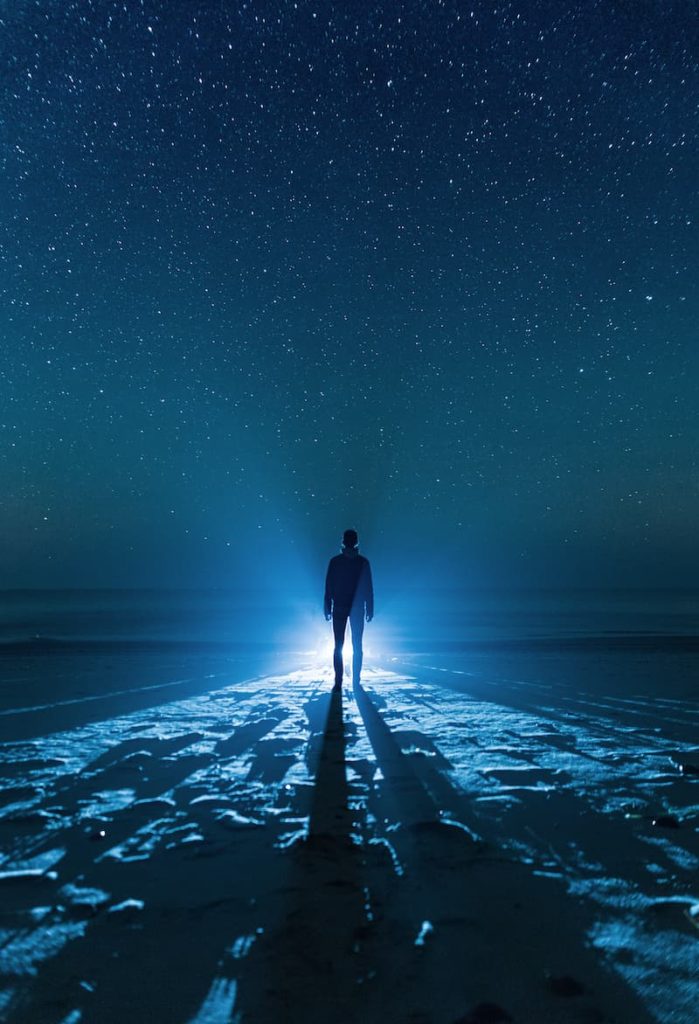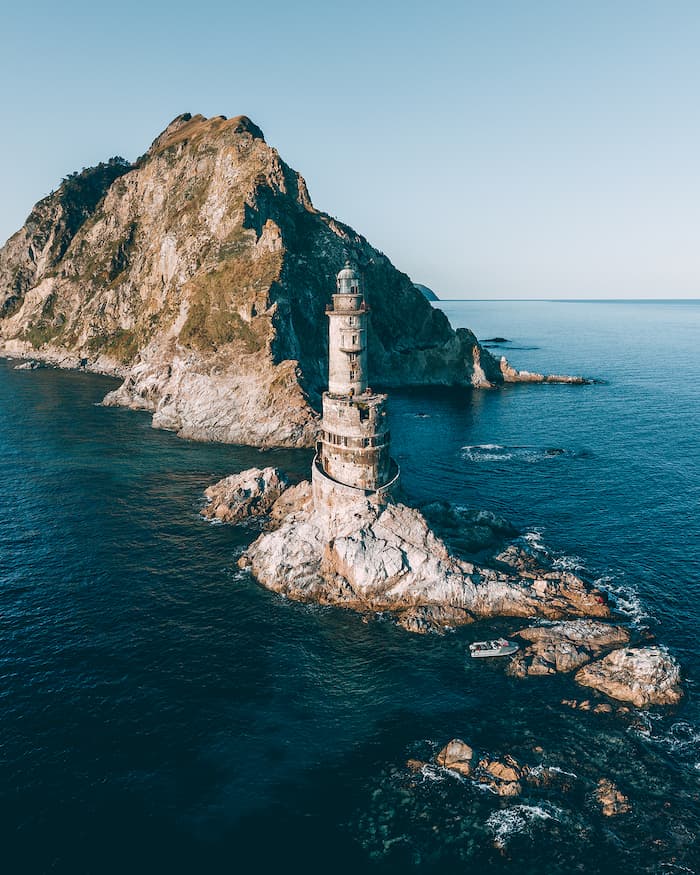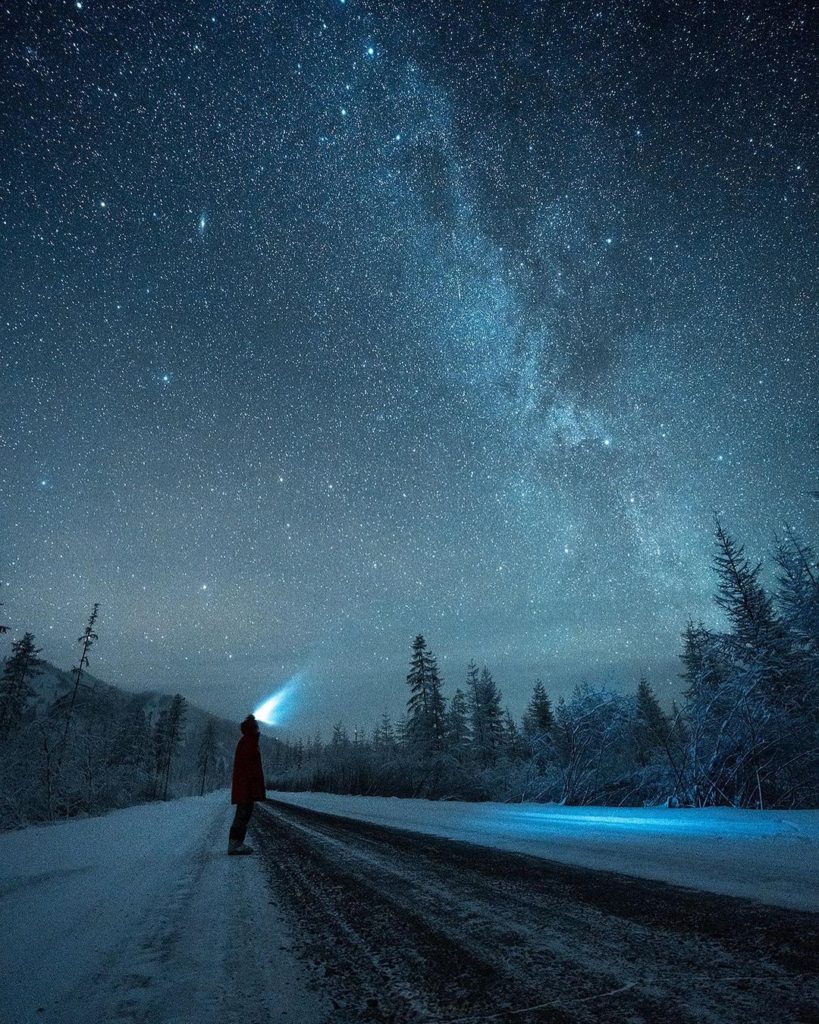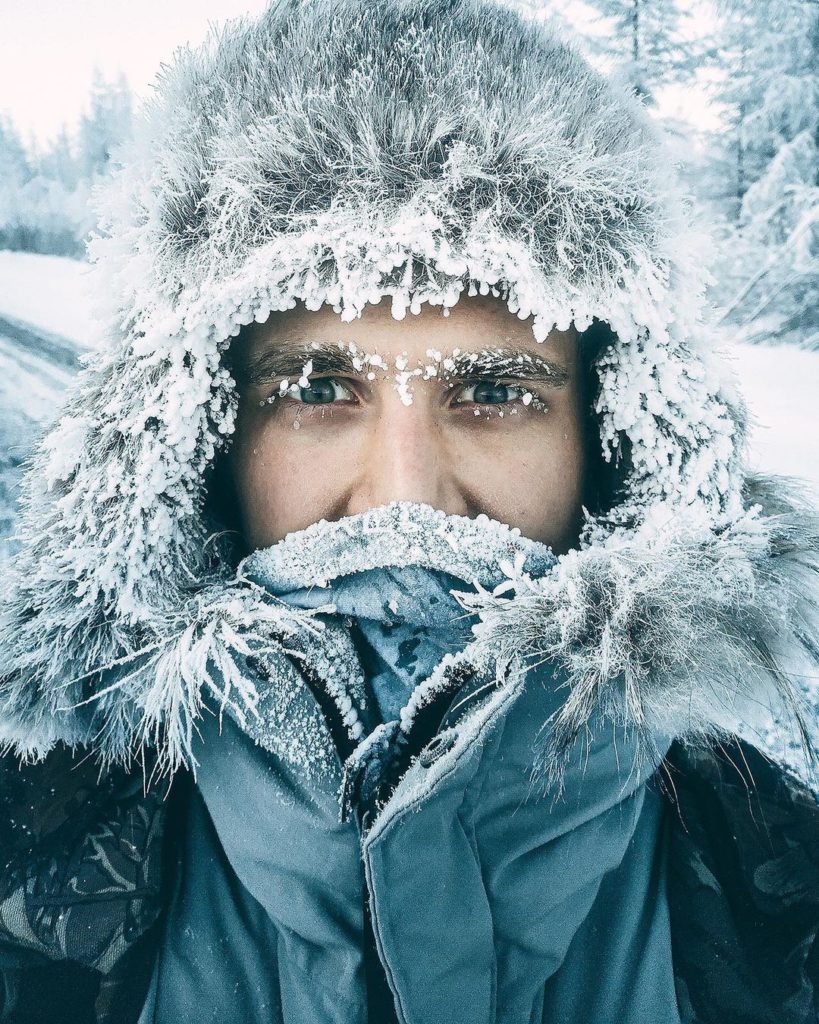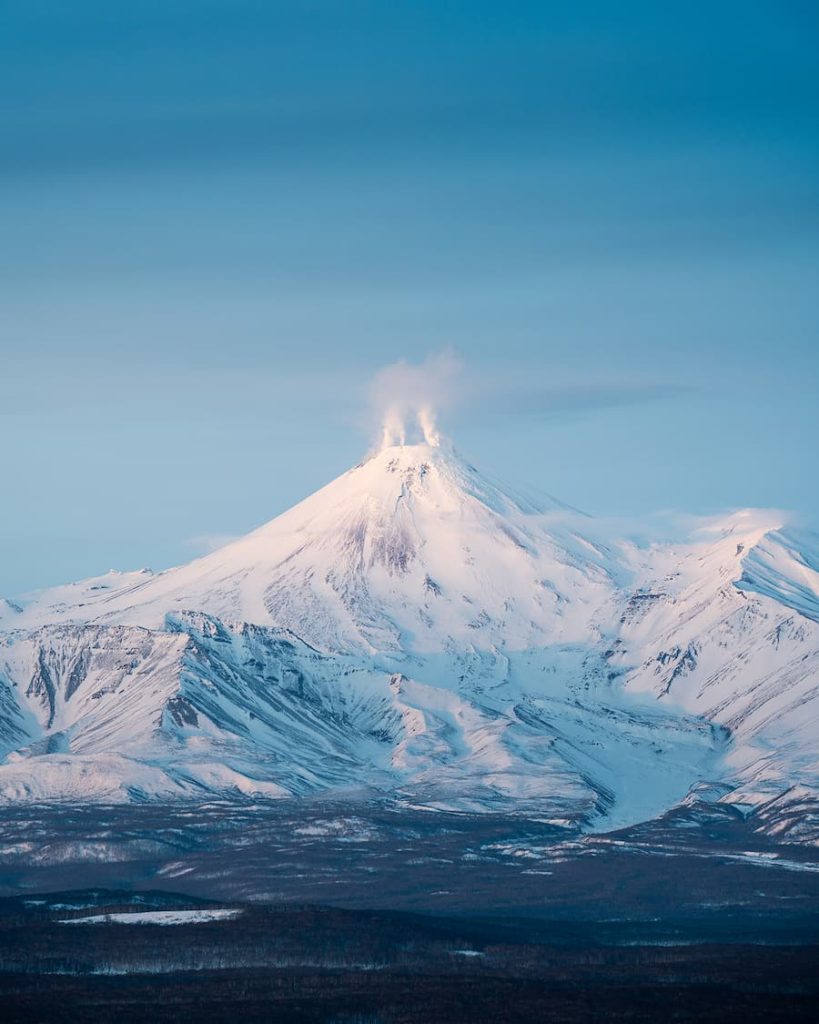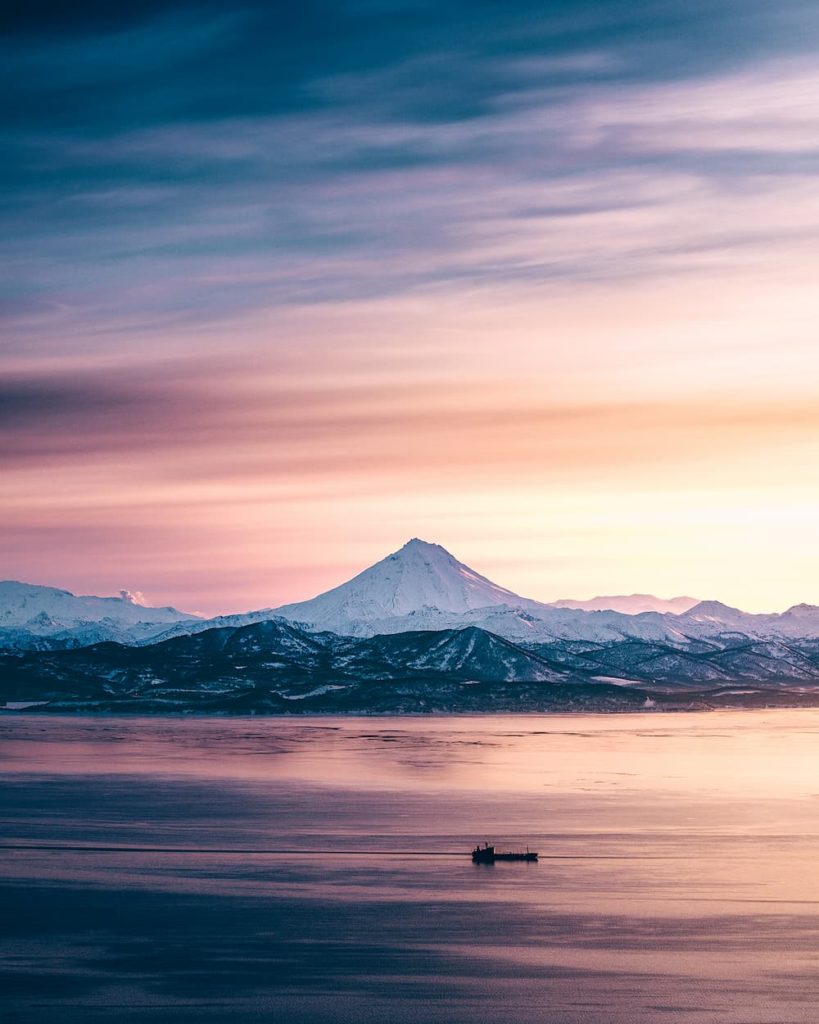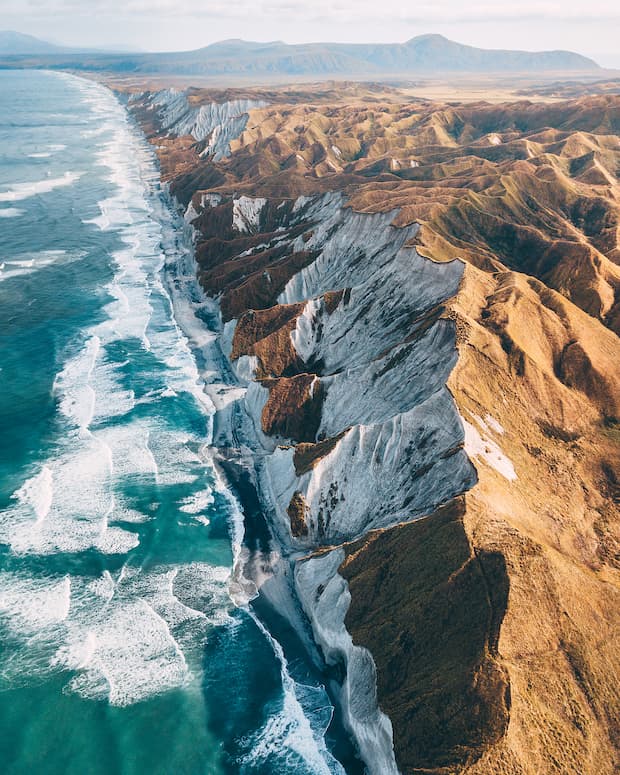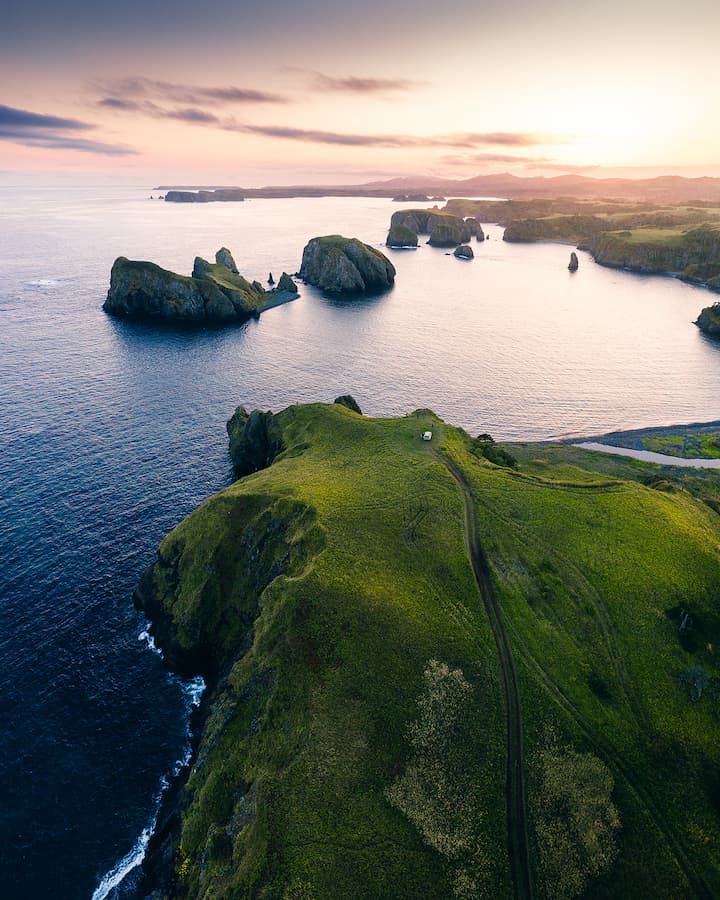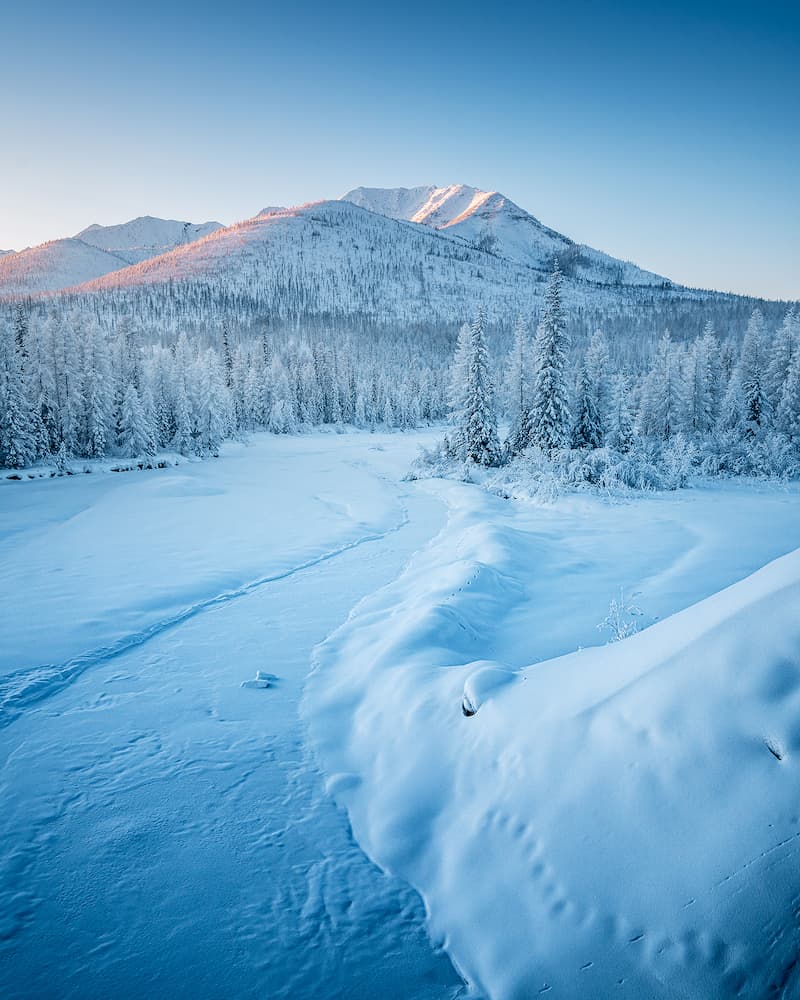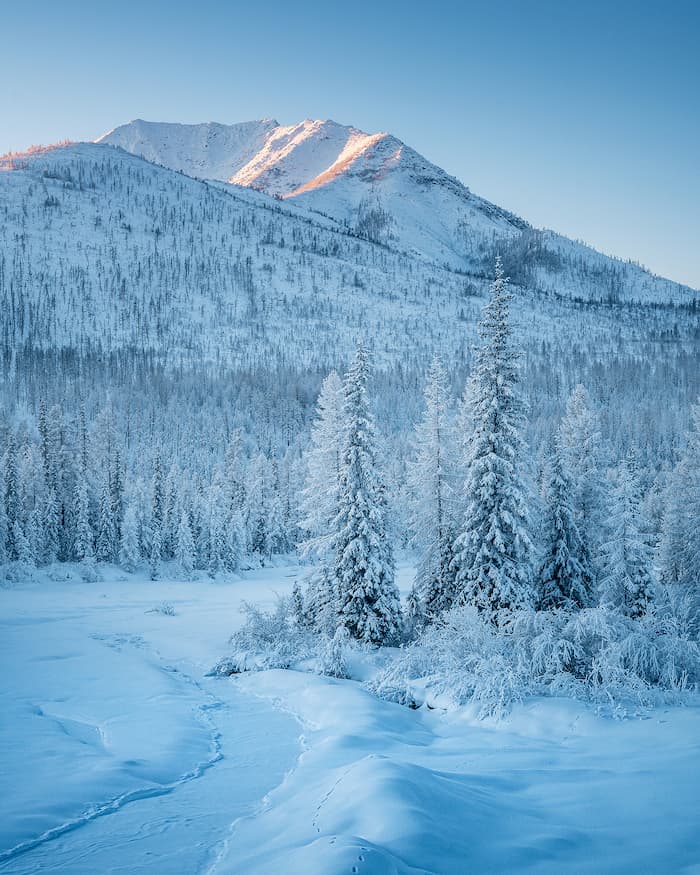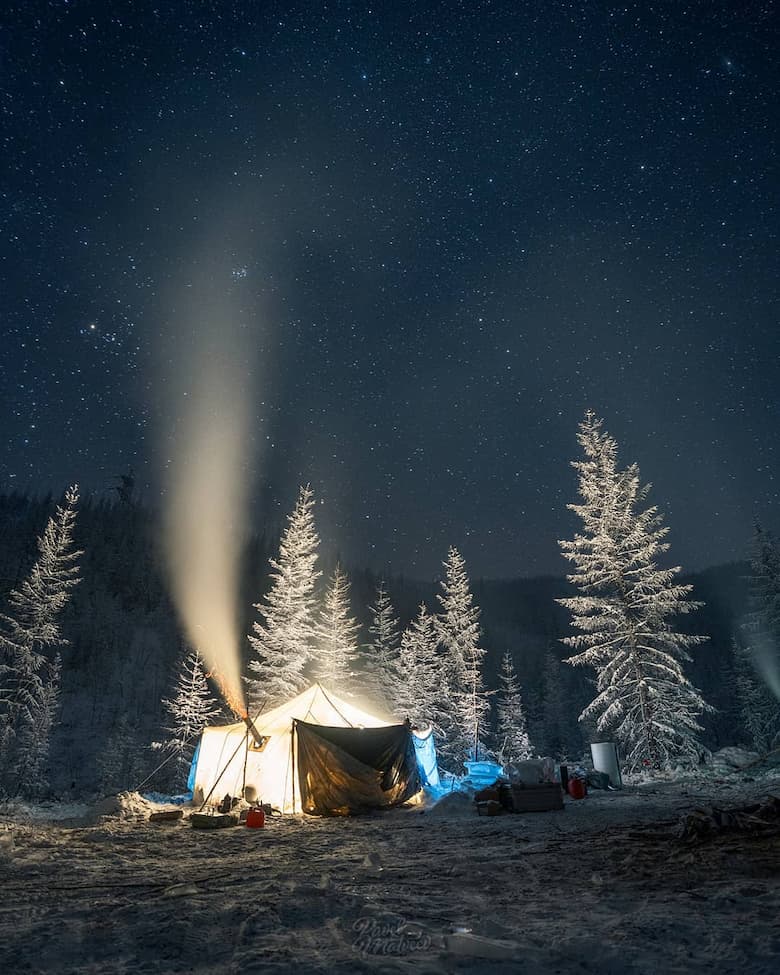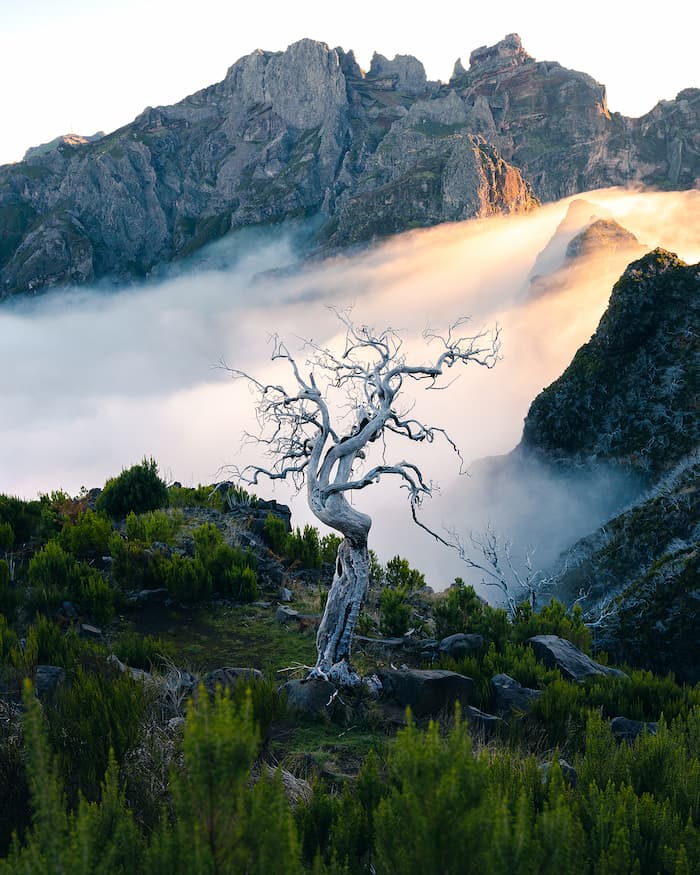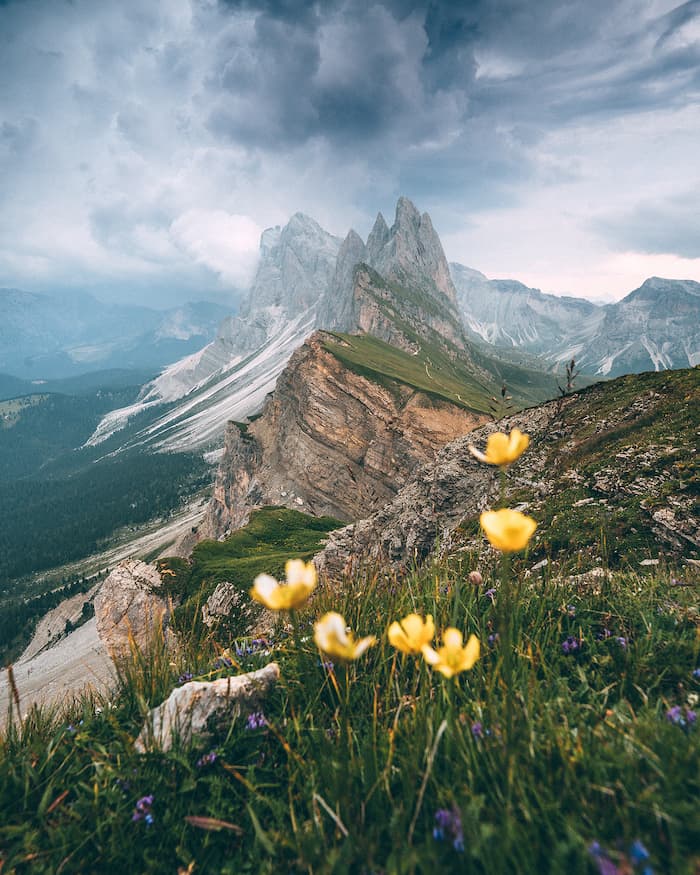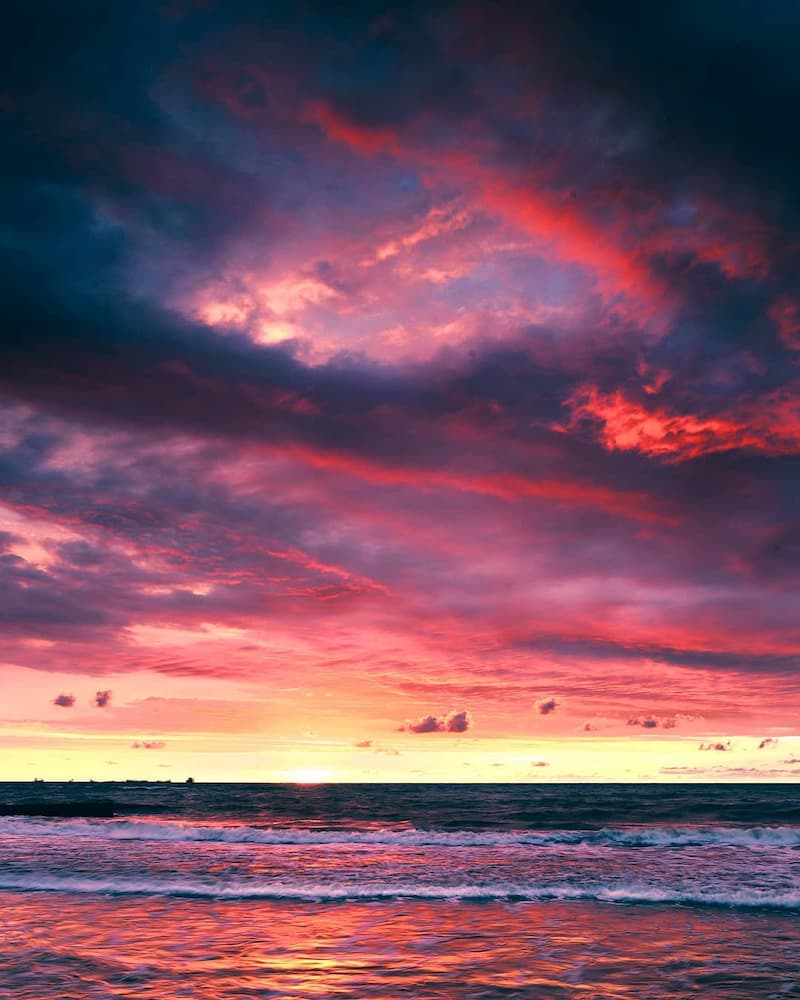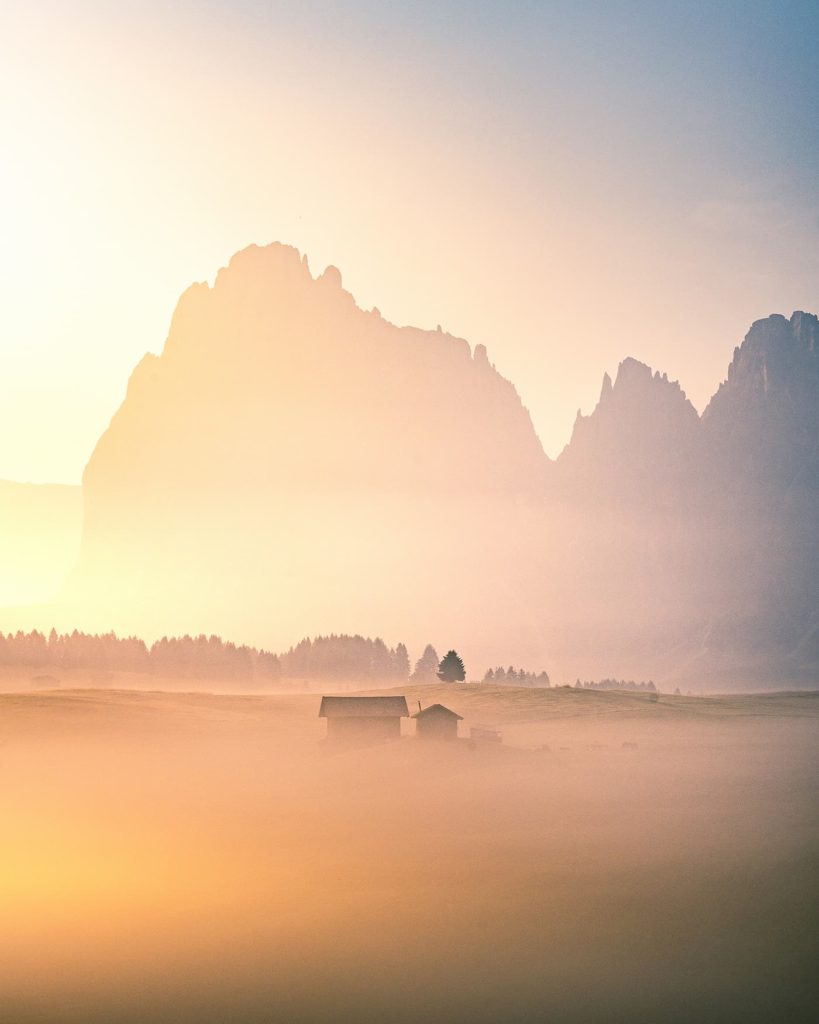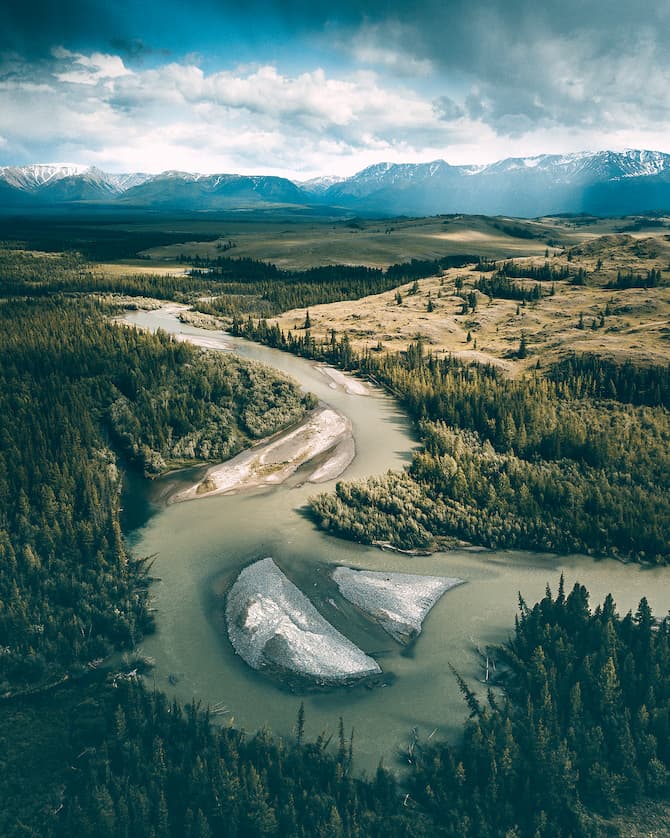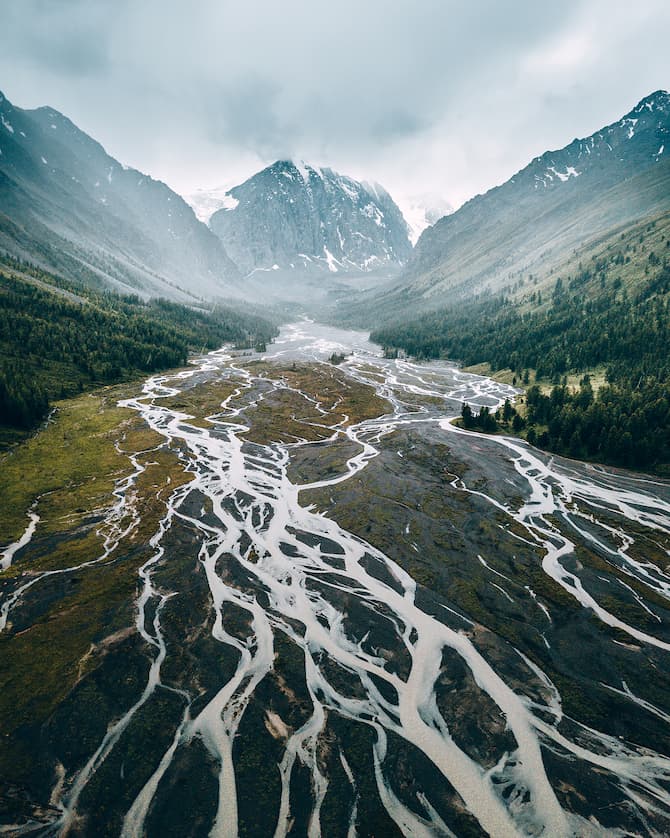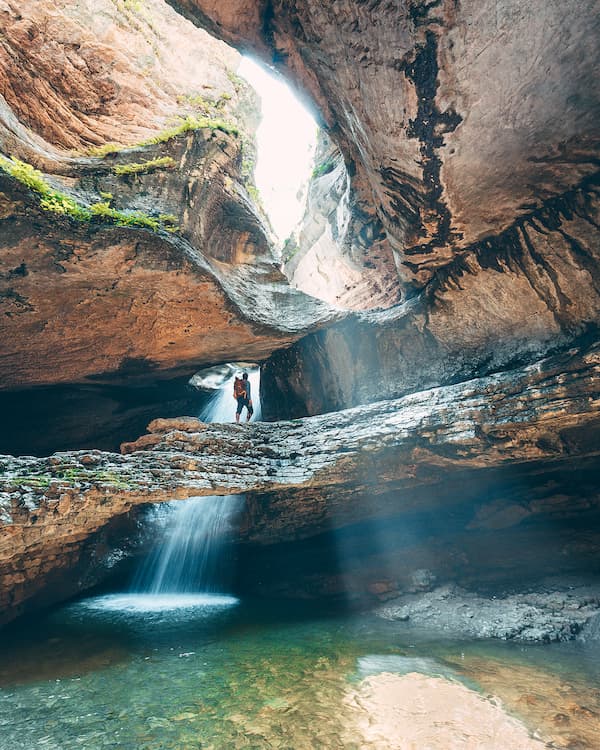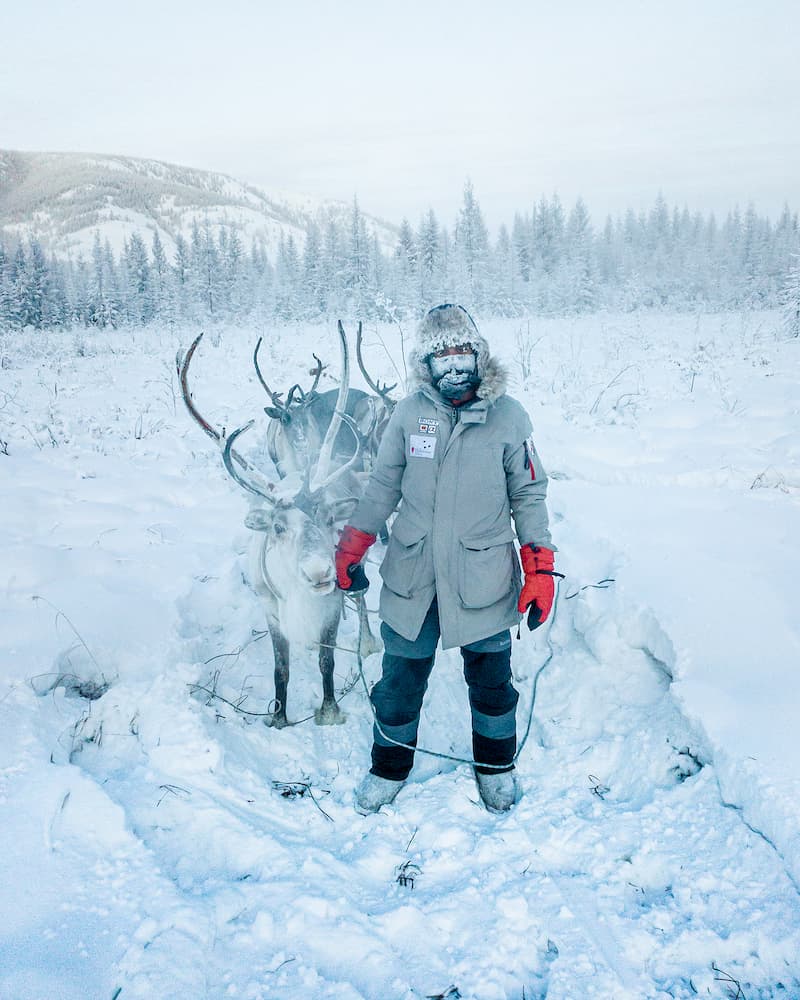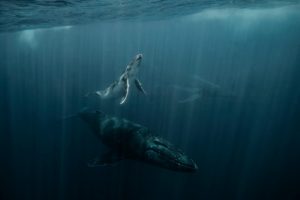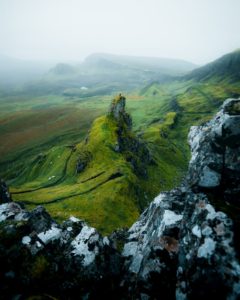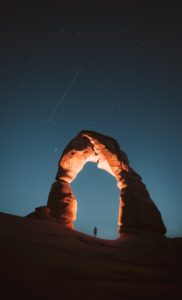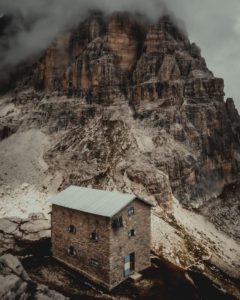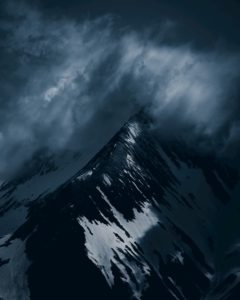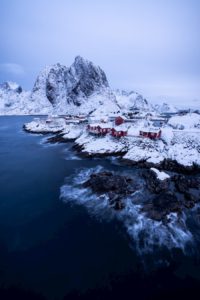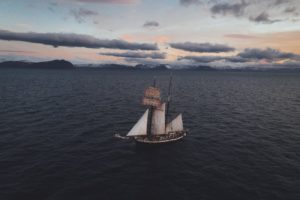
Pavel Matveev
@pavelmatveev
Photographer based in Russia
Introducing Pavel Matveev
Russia has only a small community of landscape photographers, and Pavel Matveev is one of them. He started with photography in 2006, and although he finished his studies in Engineering, he already knew in his third year that it wasn’t what he was going to do.
While Pavel started out with commercial photography, nature has always dominated his interest and so he shifted his focus. Over the course of two-three years, he gradually grew as a creator and found gigs within the tourism industry, in Russia and abroad: “They have specific requirements for what people they wanna reach and therefore, what people they want to work with. You don’t always need to have a huge following to get gigs, as long as you have the right audience, share their values and fit with their image”, Pavel mentions in the interview.
As a Russian photographer willing to get dirty to show the beauty and diversity of his country, Pavel has been able to reach some unknown Russian gems. Many places are remote and hard to reach (or hard to be in) and in the interview, he shares some of those locations and experiences – such as living with reindeer herders in a Cold Pole with minus 54 degrees celsius.
Many of Pavel’s trips have been filmed since he started with videography. Through a cinematic visualization of his adventures, he wants to trigger people’s curiosity about Russia and at the same time inform other creators about useful photography tips, tricks, and lessons. He also shared a lot of his knowledge in the book that he recently published, Inspiration Book 2.0. Some of this knowledge can be read in the interview, whether it is about adapting to harsh weather conditions, finding photographic opportunities, dealing with perfectionism, or the value of experimenting without pressure.
Pavel is up to many things these days; making documentaries, restoring a retro travel bus, improving his own photography, and passing this on to others… “The hardest part of any job is getting started. And if it seems huge, you just need to divide it into small parts. That way, everything will seem less overwhelming. Keep Calm and Carry On!”
Interview
Welcome Pavel!
Scrolling through your feed one can discover some of the most amazing locations on Planet Earth. Certainly inspiring! Can you tell us a little bit about yourself and where your passion to travel and capture all those places comes from?
Hi! My name is Pavel Matveev. I am 30 years old and I am a professional photographer. I have been photographing for about 14 years now and started in 2006 with simply uploading some photos on Kontact, a Russian social media site like Facebook. It turned into a hobby, shooting everything I could such as cars, friends, landscapes… With natural curiosity, I began learning editing, Photoshop and all skills needed to professionalize my work.
With time I realized that I could create the same pictures for others, as a service, and began shooting on events, clubs, etc. This was during my time I studied engineering – which I knew wasn’t what I wanted since the third year. Photography as an official education isn’t too common in Russia and maybe there are only two universities offering it. I finished my studies in engineering anyway, but have never really used it.
In the beginning of my photography career, I have been photographing commercials for a long time. But I’ve always liked taking pictures of nature and landscapes, and I’ve always liked traveling – of course. And now the main type of shooting for me is travel photography. When shooting nature and landscapes, I completely control the process and act as I want while there is a clear technical task in advertising shooting.
You have been sharing content on social media for many years now. By the end of 2017 though, we can clearly see a tipping point in your photography. What happened there? How has your journey as an artist been so far and what have been the key moments in your career as a photographer?
As I already said, I photographed for advertisements and I published a few photos of this genre. All that I photographed for myself and besides that, I published in a blog on LiveJournal. But around 2017, I thought it would be best to post on Instagram which has a lot more audience and therefore people who would be interested in seeing my work.
I cannot single out a clear point that kick started my career. It happened gradually. I think it gradually transformed over the course of 2-3 years and most of the projects or gigs I’ve done were in the tourism industry.
"Tourism boards wanted to show their region to a broader audience, get captivating material for advertisements to show to people within and outside Russia."
Most of these brands contacted me personally, just like Turkey contacted me a few weeks ago about creating a food documentary and shooting video material about the north coast of Turkey, which by the way is incredibly beautiful. It would be focused on Russian public, because people don’t know about the richness of Turkey. When thinking about this country, most Russians think about all inclusive resorts.
When it comes to working with tourism boards or brands, they are mostly looking for influencers. They have specific requirements for what people they wanna reach and therefore, what people they want to work with. Brands have become aware of the difference between real and fake followers which means that you don’t always need to have a huge following to get gigs, as long as you have the right audience, share their values and fit with their image.
"In this sense I am lucky - the photography community in Russia is quite small and especially the photographers focused on the outdoors; that want to get dirty, hike and spend the night in the cold in a tent just to get specific footage."
Related to that, which four strategies have allowed you to grow as a photographer during the last three years – besides practice?
1) Communication with other photographers.
2) Joint travel and communication. Being in touch with other professionals is so valuable. Discussing about any topics and sharing experiences helps you learn and grow, more than you consciously notice!
3) The ability to evaluate someone else’s vision. When traveling with other photographers, you can look at the place through their eyes after shooting. Even if the conditions and location are the same, everyone always gets different photos. It is very useful to look at other’s pictures after having lived exactly the same experience. With your memory fresh, you can really think about the scenes that you captured and how, and compare that with how the others did and what you missed out on, what you could have done – see the different point of view which provides a lot of information.
4) And also, constant experiments and trials. I can give a perfect example for this. For night photography, I often use a flashlight to get certain results in some conditions. I live by the sea so I shoot many seascapes, and by now I know that about two hours after sunset, fog will appear. One day I wanted to capture that scene and played around with the flashlight to see what I could create, showing the lightbeam of the flashlight. I put the flashlight on its spot near the sea and stood in front of it myself, the light on my back, creating many rays of light around me. It was just an experiment, but Adobe Lightroom bought that photo.
So, never stop playing around and experimenting, even if you think something wouldn’t work or if you think your idea is probably not that good…
You are based in Russia, a country with vast landscapes and hard to reach photography spots. We can imagine that there is a lot of effort, time and resources into every single photo you have captured in Russia… What makes the effort worth it? What fascinates you about landscape photography and what keeps you going?
Yes! Many places in Russia are very difficult to get to. But this is what makes them interesting. The most important thing for me is to show something new. Show my vision and show beauty. I communicate with many foreign photographers. And many of them dream of getting here to take photographs. But not everyone succeeds. And there are not many really beautiful and professional landscape photos of Russia on the Internet.
"The places that were the hardest to reach for me? That must be Lighthouse Aniva, an old japanese lighthouse, on Sakhalin island."
You can only get there by boat, facing the Sea of Okhotsk. I tried to get there 3 times over two years. There’s a very strong wind – When we approached the sea shore, the waves were too strong to get near the lighthouse. In addition to that, there are rocks around the lighthouse and they would damage your boat. The weather conditions at sea are unpredictable so it’s not only a challenging photo spot to get to, but also a kind of dangerous one.
"Another location is The Cold Pole. Not that hard to get to, but more a location that is “hard to be in”, as it can reach - 71 degrees celsius."
We spent one week in a tent in -54. It was very interesting because due to global warming, people are afraid we will not have cold areas anymore in the future, and we wanted to try to live in the cold, experience this. Before, I could hardly believe the pilot saying it is -50 degrees celsius up in the air at X km altitude, and I wanted to know how that would be.
And I can tell, the area is amazing, but it’s not that comfortable to live in. Going inside and outside the tent is kind of difficult, because in the tent it is +10 and outside it is -50, which is hard for your skin and body to adapt to – There are huge differences everytime. Also, the conditions are almost unsupportable for the photography equipment and even cars cannot handle it as fragile parts can break. In addition, you cannot hold anything without gloves and your hands hurt a lot because of the cold, especially when touching something without these precious gloves.
You have shared with your Instagram community some amazing locations from your home country. What are your top four photography spots in Russia? What makes each of them special in your opinion?
Kamchatka! Amazing place with wildlife. Also, the volcanoes here create completely unique landscapes.
Kurile Islands. Volcanic islands! I noticed that everything related to the activity of volcanoes looks incredible!
Yakutia, which is a Pole of Cold. I lived in a tent with reindeer herders at -54C degrees.
In fact, there are a lot of places, but I have yet to explore them.
What can we find in your backpack when you are heading outdoors to shoot? What gear do you use?
Recently, my list of equipment has expanded a lot, since I started shooting video. Several documentaries have already been made. You can watch them here – we will soon make English subtitles.
My equipment:
Cameras: Sony s7rIV | Sony a6400
Lenses: Sony GM 16-35 | Sony GM 24-70 | Sony G 70-200 | Sony 10-18 F4
Drone: DJI Mavic 2 pro
Gimbals: Zhiyun crane M2 | Zhiyun Weebill S
Tripods: Manfrotto BeFree Sony alpha edition | Benro A357 m8 + Manfrotto ball head
Filters: COKIN Nuances X-pro full GND and ND kit
Microphones: RODE Videomike | RODE wireless go
Laptops: ASUS StudioBook ProArt H500 | Asus ZenBook UX430Nn
And also a lot of different little things. A whole bunch of flash drives, batteries, etc. And I always carry 90% of the equipment with me.
Editing is an important aspect within photography. Which are the basic principles you apply every time you go outdoors to create and afterwards in post processing? What makes a great photograph in your opinion?
The most important thing is light! In landscape photography, this is almost the foundation of successful photography. Even the best compositional shot taken in poor light will look bad. Therefore, the most important thing is to pay attention to light and weather. In my experience, the most incredible pictures are taken when the weather changes. Please see here four examples of photos that were taken during extreme weather changes:
1) This one was taken a few minutes before everything got covered by clouds:
2) A shot taken during a trip to Italy. We spent the night in a tent with a storm, lots of things got broken but it was all worth it because the landscapes are so much more beautiful when the weather becomes better. Sunset beautiful, the storm strong, and then the sunrise was as gorgeous as the storm was strong!
3) The most amazing sunrise you can imagine in Kaliningrad:
4) And finally this photo, taken in Kurshskaya Kosa just before a storm started:
We went through some of your IG captions (translating them to English of course), it is really nice to read your thoughts and opinions about photography, travel, and the world in general. You mentioned: “So many things have been invented that it is very difficult to invent something fundamentally new. Cool ideas appear at the junction of something.” How do you incorporate this philosophy into your work? What inspires you and how do you transform inspiration into art?
Sure! I’m trying to! Nature inspires me with new ideas. And also people. Most of all, I love the mountains and the sea. They are incredibly powerful and majestic! They energize me.
In fact, anything can be an inspiration. You can see the light falling as it passes along the street. You can hear a cool song. Or feed the birds on the lake. We must catch the moments and the details. Some details, of course, can lead to thoughts about any frame. But more often than not, it works differently. It just might cheer you up and motivate you to do something. I don’t have clear frames in my head, everything happens in the moment.
Of course, sometimes I imagine or predict during the shooting and I can achieve what I had in mind. Other times I shoot and I imagine a very beautiful picture but cannot get it with my camera. And when I don’t get it with my camera, I can’t get it all of a sudden when editing. Sometimes I try to edit a photo after one year and again after two years and I cannot make it. But I keep trying, there’s always something left to try. I understand everything in Lightroom, I have learned everything, but sometimes you can still learn new things because all photos are different. The same parameters cannot be applied to every picture.
Also, in one of your captions you mentioned that you are a perfectionist and that this sometimes slows you down. How do you manage to finish your projects in time being a perfectionist? What strategies help you to get work done and feel satisfied?
It is very difficult. Moreover, this perfectionism haunts me in real life. For half a year I could not find suitable furniture for my home. As a result, I had to make all the furniture to order according to my sketches.
I don’t know how to deal with it. If you find a method, please tell me. 🙂
Talking about photography, perfectionism is an illusion. I can look at the picture and feel it is perfect. But after some time I can look at it and think, how could I create this?! Perfectionism limits and stops you, it is very hard to achieve a perfect result because it simply doesn’t exist. And if it would, it’s highly sensitive to time.
You also mentioned the following: “It can seem to you that everything is easy and fast for everyone around, but for you it is difficult and long. I assure you, this is not the case. Many things take a lot of time and effort. And you need to concentrate on them, and not think about why everything is long and difficult.” This sounds so recognizable! To this day, which has been your most challenging/time consuming project? What mindset allowed you to complete it? What could you recommend to others when facing a difficult task or a long journey of development before reaching a goal?
I always have a lot going on in parallel: We make documentaries. I am restoring and remaking a retro travel bus. For almost half a year I have been building my studio\office. All this is very time consuming. But from the outside it seems that everything is quick and easy.
The most important advice is to do it! As the saying goes: “Keep Calm and Carry On”
And it works. The hardest part of any job is getting started. And then it will go. And also, if it seems huge, you just need to divide it into small parts. That way, everything will seem less frightening.
Speaking about projects, you recently released a book called ‘Inspiration Book 2.0’. Can you tell us something about this book, its concept and the idea behind it? The cover page looks great!
This is a book about photography and creativity. About self-development and motivation. I think it could be called a photography tutorial because it covers a lot: From the very beginning, to promotion and motivation.
This is the 2.0 version from a book I wrote earlier about all the tools in Lightroom and frequently asked questions. This second version seems more like a real book with hardcover and more pages. People find it very useful and I get lots of thankful messages from customers that are happy with it. They say that they read a lot of books but cannot understand it, and that my book is written in very simple and clear language. Even if you don’t know anything, after reading you do, with full understanding.
Many photographers have websites and share their knowledge and experience online. I don’t have a website; it has been under construction for two years and I’m afraid it will be for the coming year too. So far I haven’t really missed it or needed it, and in my case, my knowledge and experience is shared through this book.
How do you think the COVID-19 is reshaping the landscape/travel photography industry? What new opportunities do you see on the horizon?
I am sure that soon everything will return to the previous regime. Specifically for me, all the restrictions brought both pros and cons. I had planned many foreign projects, including for the tourism ministries of different countries. Of course everything was canceled.
But on the other hand, we began to travel much more within our country. And I think that after the borders are opened, this trend will continue.
Tourism agencies within Russia are also more interested in video material to stimulate national tourism. Through my Youtube channel I show different spots in Russia, my trips, and informative knowledge about photography and I’ve received offers from tv channels to show the videos on tv. But all the channels don’t fit in my mind, because they show low quality products / or shows and I don’t want my work related to that. It’s mostly old fashioned, old school, content back in the days, while my work is more cinematic. It’s not a typical vlog style where you film with a GoPro and upload every few days, the videos I share are high quality both in terms of footage and information, take months to be composed, and I believe it’s important to choose well where you want to be associated with as brand, artist and individual.
I am looking into subtitling these videos in English to make it accessible to more people and inform people all over the world about Russia and its richness!
Would you like content like this sent to your inbox?
